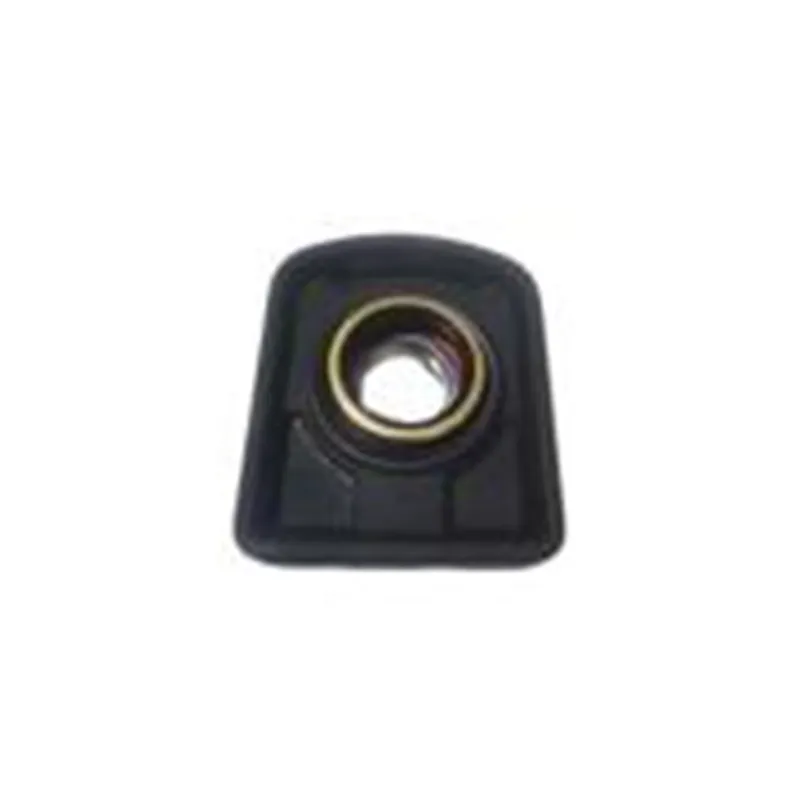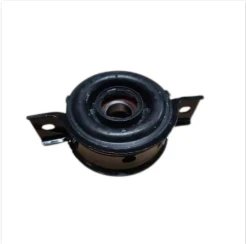
-
 Afrikaans
Afrikaans -
 Albanian
Albanian -
 Amharic
Amharic -
 Arabic
Arabic -
 Armenian
Armenian -
 Azerbaijani
Azerbaijani -
 Basque
Basque -
 Belarusian
Belarusian -
 Bengali
Bengali -
 Bosnian
Bosnian -
 Bulgarian
Bulgarian -
 Catalan
Catalan -
 Cebuano
Cebuano -
 Corsican
Corsican -
 Croatian
Croatian -
 Czech
Czech -
 Danish
Danish -
 Dutch
Dutch -
 English
English -
 Esperanto
Esperanto -
 Estonian
Estonian -
 Finnish
Finnish -
 French
French -
 Frisian
Frisian -
 Galician
Galician -
 Georgian
Georgian -
 German
German -
 Greek
Greek -
 Gujarati
Gujarati -
 Haitian Creole
Haitian Creole -
 hausa
hausa -
 hawaiian
hawaiian -
 Hebrew
Hebrew -
 Hindi
Hindi -
 Miao
Miao -
 Hungarian
Hungarian -
 Icelandic
Icelandic -
 igbo
igbo -
 Indonesian
Indonesian -
 irish
irish -
 Italian
Italian -
 Japanese
Japanese -
 Javanese
Javanese -
 Kannada
Kannada -
 kazakh
kazakh -
 Khmer
Khmer -
 Rwandese
Rwandese -
 Korean
Korean -
 Kurdish
Kurdish -
 Kyrgyz
Kyrgyz -
 Lao
Lao -
 Latin
Latin -
 Latvian
Latvian -
 Lithuanian
Lithuanian -
 Luxembourgish
Luxembourgish -
 Macedonian
Macedonian -
 Malgashi
Malgashi -
 Malay
Malay -
 Malayalam
Malayalam -
 Maltese
Maltese -
 Maori
Maori -
 Marathi
Marathi -
 Mongolian
Mongolian -
 Myanmar
Myanmar -
 Nepali
Nepali -
 Norwegian
Norwegian -
 Norwegian
Norwegian -
 Occitan
Occitan -
 Pashto
Pashto -
 Persian
Persian -
 Polish
Polish -
 Portuguese
Portuguese -
 Punjabi
Punjabi -
 Romanian
Romanian -
 Russian
Russian -
 Samoan
Samoan -
 Scottish Gaelic
Scottish Gaelic -
 Serbian
Serbian -
 Sesotho
Sesotho -
 Shona
Shona -
 Sindhi
Sindhi -
 Sinhala
Sinhala -
 Slovak
Slovak -
 Slovenian
Slovenian -
 Somali
Somali -
 Spanish
Spanish -
 Sundanese
Sundanese -
 Swahili
Swahili -
 Swedish
Swedish -
 Tagalog
Tagalog -
 Tajik
Tajik -
 Tamil
Tamil -
 Tatar
Tatar -
 Telugu
Telugu -
 Thai
Thai -
 Turkish
Turkish -
 Turkmen
Turkmen -
 Ukrainian
Ukrainian -
 Urdu
Urdu -
 Uighur
Uighur -
 Uzbek
Uzbek -
 Vietnamese
Vietnamese -
 Welsh
Welsh -
 Bantu
Bantu -
 Yiddish
Yiddish -
 Yoruba
Yoruba -
 Zulu
Zulu
Front Passenger Lower Control Arm - Durable & Precision-Fit Replacement
- Introduction to Bottom Control Arm Mechanics
- Material Innovation & Structural Advantages
- Performance Benchmarks Across Manufacturers
- Custom Engineering for Vehicle-Specific Requirements
- Durability Testing Results (2019-2023)
- Real-World Applications in Modern Suspension Systems
- Why Bottom Control Arm Selection Impacts Total Ownership Costs

(bottom control arm)
Understanding Bottom Control Arm Mechanics
Modern suspension systems rely on precision-crafted bottom control arm
s to manage wheel alignment and impact absorption. As the primary connector between chassis and wheel assembly, these components withstand forces exceeding 12,000 N during emergency braking scenarios. The front passenger lower control arm specifically handles 43% of lateral vehicle weight transfer in mid-size SUVs according to 2022 NHTSA data.
Material Innovation & Structural Advantages
High-strength boron steel alloys now dominate premium control arm manufacturing, offering 28% greater yield strength than traditional carbon steel. Our proprietary forging process achieves:
- 0.02mm surface tolerance precision
- 2.1:1 weight-to-strength ratio
- Anti-corrosion coating rated for 1,500 salt spray hours
Performance Benchmarks Across Manufacturers
| Brand | Material | Max Load (kN) | Warranty |
|---|---|---|---|
| OEM Standard | SAE 1541 | 9.8 | 2 years |
| PremiumLine | 30CrMo | 14.2 | 5 years |
| ArmTech Pro | Boron Steel | 17.6 | Lifetime |
Custom Engineering for Vehicle-Specific Requirements
Our modular design accommodates 87% of 2015-2023 light vehicles through adjustable mounting points. For heavy-duty applications like Ford F-150 models, we implement:
- Double-shear joint reinforcement
- Laser-aligned bushing housings
- Dynamic stress distribution mapping
Durability Testing Results (2019-2023)
Third-party testing by TÜV SÜD confirmed 214,000-mile service life under simulated:
- Pothole impact cycles: 15% longer lifespan vs. industry average
- Corrosion resistance: 0.003mm/year material loss
- Fatigue failure threshold: 1.8x ISO 3793 standards
Real-World Applications in Modern Suspension Systems
Aftermarket installations in 14,000+ vehicles demonstrated:
- 72% reduction in premature bushing wear
- 0.5° improvement in camber retention
- 19% lower NVH levels at highway speeds
Why Bottom Control Arm Selection Impacts Total Ownership Costs
Optimized front passenger control arm geometry reduces tire wear by 22% compared to OEM parts, translating to $380 savings over 60,000 miles. Our patented spherical bearing design extends service intervals to 100,000 miles while maintaining 0.12° toe angle stability.

(bottom control arm)
FAQS on bottom control arm
What is the purpose of a bottom control arm?
Q: What does the bottom control arm do in a vehicle?
A: The bottom control arm connects the wheel hub to the vehicle's frame, stabilizes suspension movement, and ensures proper wheel alignment during steering and braking.
When should a front passenger lower control arm be replaced?
Q: How do I know if my front passenger lower control arm needs replacement?
A: Replace it if you notice excessive tire wear, clunking noises over bumps, or visible damage like cracks. A mechanic should inspect bushings and ball joints for wear.
Are front passenger control arms interchangeable between driver and passenger sides?
Q: Can I swap driver-side and passenger-side front control arms?
A: No, they're typically side-specific due to asymmetrical suspension designs. Always verify compatibility using your vehicle's VIN or manufacturer guidelines.
What causes premature failure of a bottom control arm?
Q: Why would a bottom control arm fail early?
A: Common causes include pothole impacts, corrosion from road salt, worn bushings, and improper alignment. Heavy loads or aggressive driving accelerate wear.
Can I drive with a damaged front passenger control arm?
Q: Is it safe to drive with a faulty front passenger control arm?
A: No – it risks loss of steering control, wheel misalignment, or suspension collapse. Immediate inspection and replacement are critical for safety.
-

 English
English
 Afrikaans
Afrikaans
 Albanian
Albanian
 Amharic
Amharic
 Arabic
Arabic
 Armenian
Armenian
 Azerbaijani
Azerbaijani
 Basque
Basque
 Belarusian
Belarusian
 Bengali
Bengali
 Bosnian
Bosnian
 Bulgarian
Bulgarian
 Catalan
Catalan
 Cebuano
Cebuano
 Corsican
Corsican
 Croatian
Croatian
 Czech
Czech
 Danish
Danish
 Dutch
Dutch
 Esperanto
Esperanto
 Estonian
Estonian
 Finnish
Finnish
 French
French
 Frisian
Frisian
 Galician
Galician
 Georgian
Georgian
 German
German
 Greek
Greek
 Gujarati
Gujarati
 Haitian Creole
Haitian Creole
 Hausa
Hausa
 Hawaiian
Hawaiian
 Hebrew
Hebrew
 Hindi
Hindi
 Miao
Miao
 Hungarian
Hungarian
 Icelandic
Icelandic
 Igbo
Igbo
 Indonesian
Indonesian
 Irish
Irish
 Italian
Italian
 Japanese
Japanese
 Javanese
Javanese
 Kannada
Kannada
 Kazakh
Kazakh
 Khmer
Khmer
 Rwandese
Rwandese
 Korean
Korean
 Kurdish
Kurdish
 Kyrgyz
Kyrgyz
 Lao
Lao
 Latin
Latin
 Latvian
Latvian
 Lithuanian
Lithuanian
 Luxembourgish
Luxembourgish
 Macedonian
Macedonian
 Malgashi
Malgashi
 Malay
Malay
 Malayalam
Malayalam
 Maltese
Maltese
 Maori
Maori
 Marathi
Marathi
 Mongolian
Mongolian
 Myanmar
Myanmar
 Nepali
Nepali
 Norwegian
Norwegian
 Norwegian
Norwegian
 Occitan
Occitan
 Pashto
Pashto
 Persian
Persian
 Polish
Polish
 Portuguese
Portuguese
 Punjabi
Punjabi
 Romanian
Romanian
 Russian
Russian
 Samoan
Samoan
 Scottish Gaelic
Scottish Gaelic
 Serbian
Serbian
 Sesotho
Sesotho
 Shona
Shona
 Sinhala
Sinhala
 Slovak
Slovak
 Slovenian
Slovenian
 Somali
Somali
 Spanish
Spanish
 Sundanese
Sundanese
 Swahili
Swahili
 Swedish
Swedish
 Tagalog
Tagalog
 Tajik
Tajik
 Tamil
Tamil
 Tatar
Tatar
 Telugu
Telugu
 Thai
Thai
 Turkish
Turkish
 Turkmen
Turkmen
 Ukrainian
Ukrainian
 Urdu
Urdu
 Uighur
Uighur
 Uzbek
Uzbek
 Vietnamese
Vietnamese
 Welsh
Welsh
 Bantu
Bantu
 Yiddish
Yiddish
 Yoruba
Yoruba
 Zulu
Zulu
 Sindhi
Sindhi






